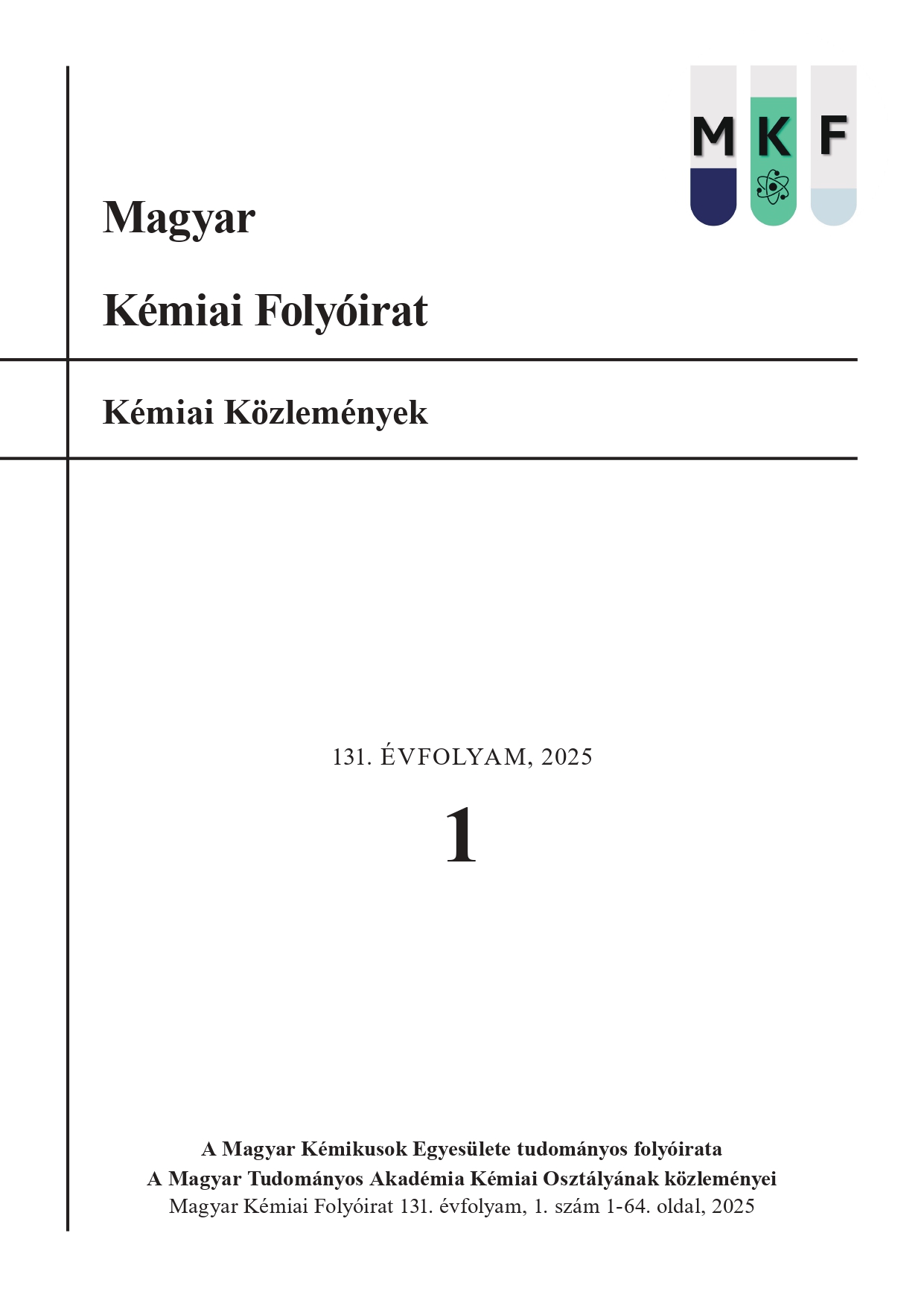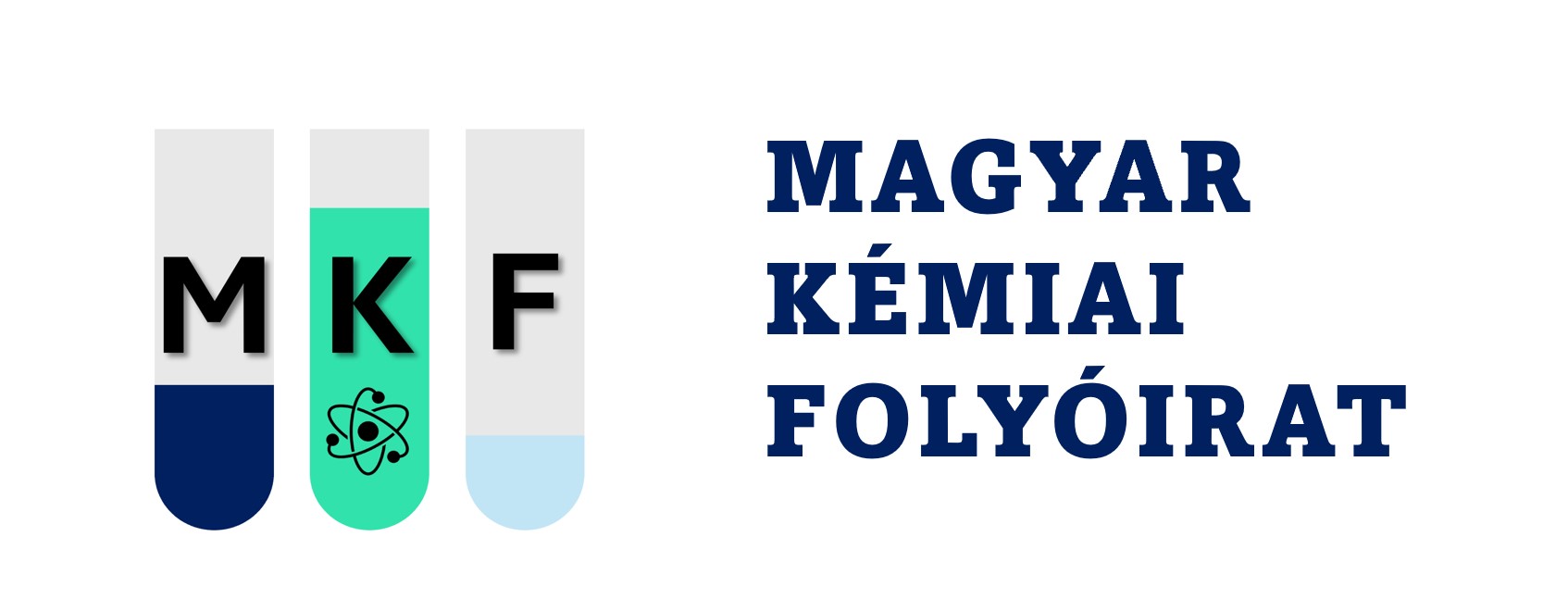Synthesis of carbohydrate-based crown ethers and their applications in asymmetric reactions
Abstract
The aim of my PhD research was to synthesize new chiral monoaza-crown ethers and to apply them as enantioselective catalysts in asymmetric phase-transfer reactions. Additionally, I aimed to investigate the complexation properties of previously synthesized carbohydrate-based azacrown ethers. During the research, I synthesized a total of 19 new chiral crown ethers, most of which are carbohydrate-based macrocycles. In one case, I used an amino acid as the starting material. Starting from D-glucose, 13 new macrocycles were synthesized. Four of these contain ethyl groups at the positions 4 and 6 of the glucose moiety, while possessing different side arms. The other nine compounds are lariat ethers whose side chains contain one or two heteroatoms in the form of a heterocycle. These were prepared by reacting the appropriate primary amines with diiodo podants, in a macrocyclization reaction. Most of the primary amines required for ring closure were prepared by myself, using two different methods. The macrocycles with diethyl groups were tested in five different asymmetric phase-transfer reactions, and they were compared with structurally similar crown ethers with different protective groups at the 4th and 6th positions. In the presence of the new crown ethers, the enantiomeric excess (ee) produced was generally lower, but in the two-phase solid-liquid cyclopropanation of 2-benzylidenemalononitrile, 99% ee was achieved with one of the new crown ethers. This was better than the result obtained with the reference macrocycle (70% ee). In addition, I conducted experiments in the field of a previously unknown MIRC-type reaction in our research group. This reaction involved the cyclopropanation between 2-cyano-3-phenylacrylic acid ethyl ester and diethyl bromomalonate. During these experiments, the effects of ten different catalysts previously synthesized by our group were examined, as well as the solvent dependence of the enantioselectivity and the reaction’s robustness, using derivatives with various substitutions on the aromatic ring. The highest enantiomeric excess achieved during these reactions was 89%, in the synthesis of one of the new cyclopropane derivatives. Six different macrocycles from the glucose-based crown ethers with heterocyclic side chains were tested in a total of five different twophase asymmetric reactions. The results were varied, with several factors – the length of the side chain and the type of heteroatom – influencing the yield and selectivity obtained. The best result was measured in the reaction of 2-cyano-3-phenylacrylic acid ethyl ester and diethyl bromomalonate (84% ee). Starting from L-valine, a chiral crown ether containing only one center of asymmetry was synthesized. With this crown ether, I investigated the relationship between the number of centers of asymmetry in the catalyst and the degree of induced asymmetric induction. The macrocycle was tested in five model reactions, and the best result was obtained in the epoxidation of trans-chalcone, yielding 62%. During my research, 5 new D-idose-based lariat ethers were also synthesized, which differed in the spatial arrangement of the substituent at the anomeric position and in their side chains. I tested the new idose-based macrocycles in seven different phase-transfer reactions. Among these, the highest enantiomeric excess was measured in the epoxidation of trans-chalcone, yielding 81%. Previously in our research group, carbohydrate-based monoaza-crown ethers have primarily been used for complexing inorganic alkali metal salts to facilitate enantioselective syntheses. To further explore their complexation properties, I investigated the reactions of ten glucose-based lariat ethers and four anhydrous transition metal salts – cobalt(II), copper(II), palladium(II), and nickel(II) chloride – in dichloromethane. The experiments revealed that the macrocycles tested were most suitable for complexing copper(II) chloride.






